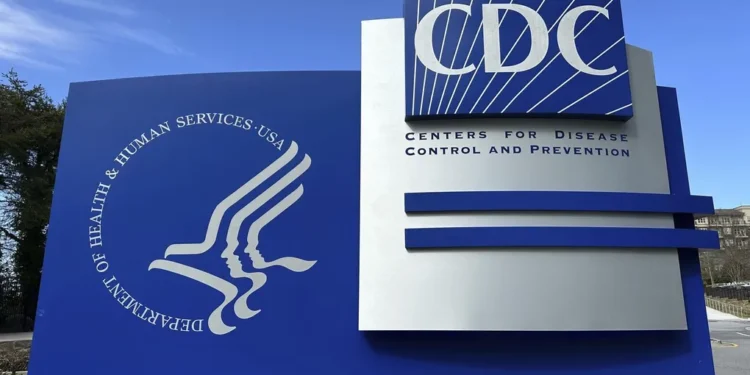The Centers for Disease Control and Prevention has dramatically reduced monitoring requirements for a key food safety program, raising concerns among public health experts about America’s ability to track foodborne illness outbreaks.
The Foodborne Diseases Active Surveillance Network, known as FoodNet, now requires tracking of only two pathogens down from eight previously monitored germs. The change, implemented in July, affects surveillance operations across 10 participating states.
Health departments must now monitor only salmonella and Shiga toxin-producing E. coli infections, which the CDC identifies as leading causes of foodborne hospitalizations and deaths. Six other previously required pathogens, campylobacter, cyclospora, listeria, shigella, vibrio and Yersinia, became optional reporting categories.
CDC spokesman Paul Prince defended the reduction as a resource management strategy, stating the change “will allow FoodNet staff to prioritize core activities” and helps the agency “steward resources effectively.” Officials have not clarified whether recent federal funding cuts influenced the decision.
The scaled-back approach has drawn criticism from state health officials who warn it could compromise outbreak detection capabilities. Carlota Medus, who oversees Minnesota’s foodborne diseases unit, expressed concern about long-term surveillance effectiveness.
“It will affect our ability to use surveillance data to better understand risks in the food supply,” Medus said, noting that FoodNet provides more comprehensive data than passive infection reporting systems.
The program represents a critical component of national food safety infrastructure. Created in 1995 through partnerships between the CDC, Department of Agriculture, Food and Drug Administration and participating states, FoodNet monitors infections across approximately 16 percent of the U.S. population.
Frank Yiannas, a food safety expert and former FDA official, highlighted the program’s role in tracking infection trends. The reduction means “we won’t know as accurately as possible if we’re getting better or worse in respect to certain pathogens,” he warned.
FoodNet sites operate in Minnesota, Colorado, Connecticut, Georgia, Maryland, New Mexico, Oregon, Tennessee, and select counties in California and New York. These locations provide active surveillance that captures laboratory data and hospital information often missed through standard reporting channels.
The program’s reduction occurs amid ongoing concerns about food safety in America, where foodborne illnesses affect millions annually. Public health experts argue comprehensive surveillance remains essential for identifying contamination sources and preventing widespread outbreaks.







